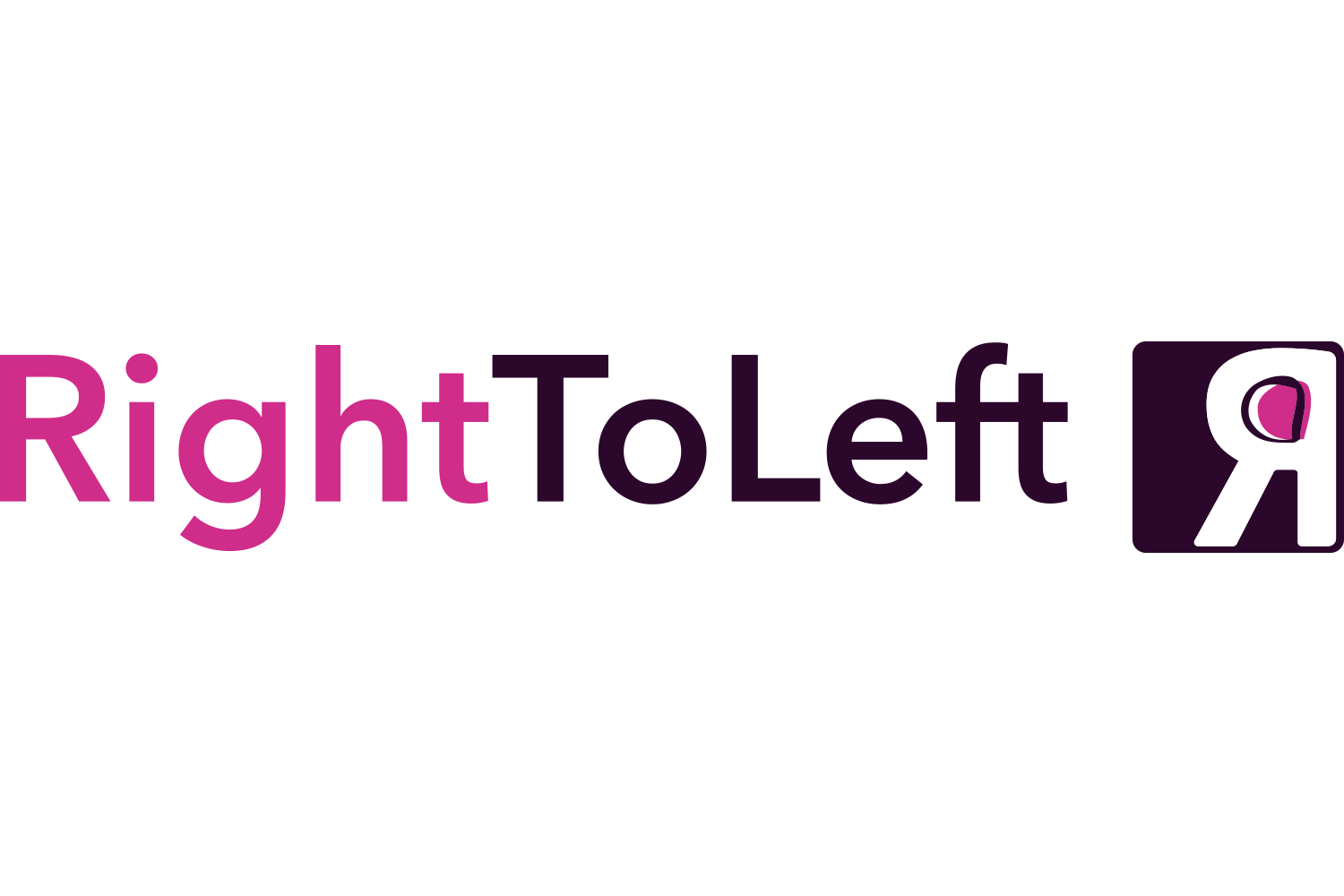How to use the Customer Value Mapper
In the previous articles in this series, we have explained the Product VCP and explored how to use it to prioritise. This and the following articles in the series will focus on how to build your Product VCP. The process starts with the head of the value chain - your business goals - and maps them to customer values.
Creating customer value equals business value
The Customer Value Mapper aims to focus on the business objectives and define the value you believe your customer must receive. These will in turn support the business objectives. If you already have a clear business strategy and a complementary product strategy, you should find completing the Customer Value Mapper relatively easy.
Ideally, you would have evidence and high confidence that supports the assumption that these customer values will support your business objectives. If not, I strongly recommend pausing here and making the strategic discovery needed to improve your confidence levels.
Using the Customer Value Mapper
Below is a template showing a diagram of the Customer Value Mapper. It will create more alignment if you do not complete this independently but collaboratively with peers and senior stakeholders. The boxes are small on purpose to force you to be concise. Don't be fooled that this means less effort; as French philosopher, Blaise Pascal said, "If I had more time, I would have written a shorter letter".
Complete the template in this order:
Write your business objectives. For most SaaS B2B firms, this is some version of acquisition, retention and upsell.
Capture customer values.
Explore and capture the highlights of why the value matters to the customer.
Armed with the "why", revise the customer values.
Draw solid lines between customer values and business objectives to show the primary business objective each customer value supports.
Finally, draw dotted lines between customer value and business objectives to show secondary business objectives each customer value might support (note not every customer value will have secondary objectives).
Do you have an example?
If we use the example of a MarTech product supporting customers with content marketing and explore one node starting with the business objective, a simple mapping might be:
Business Objective: Acquire £100m of Enterprise customers.
Customer Value: SOC2 compliance.
Why: Our markets demand high security, and the systems we use must be compliant with the highest standards.
Customer Value: Foster audiences of similar interest
Why: We can extend and target our partnership offers to drive more revenue.
Hungry for more?
The next article in this series moves to the next step in building a product VCP using the Customer Value Explorer.


